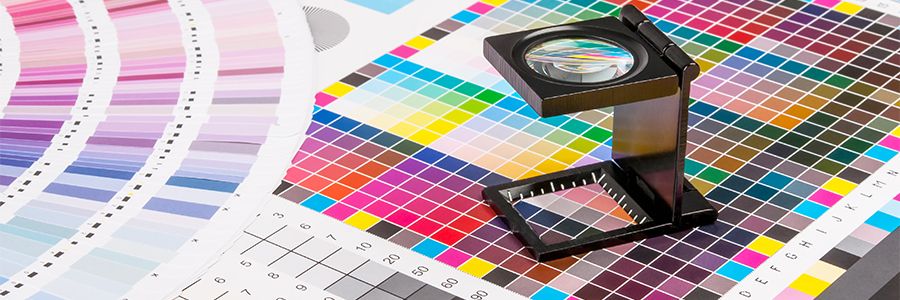Digital printing versus offset printing

Today it is possible to choose between several printing possibilities, however, not everyone is clear about the differences between the technologies offered by the market.
Currently there are two large printing systems that control the market: offset printing and digital printing. When making orders it is very important to know the characteristics of each, that you can also choose the one that best suits the client’s circumstances. However, it is necessary to know that digital printing offers, as a general rule, better results than traditional offset printing.
Offset printing
Offset printing is an indirect system, that is, it uses intermediate processes to transmit information. You work with aluminum plates and, using laser technology, you draw on them the information you want to print.
Offset printing works with four inks (cyan, magenta, yellow and black) and all information is broken down into percentages of these colors, so it is necessary to have a plate for each. The ink is transferred to a rubber roller that, in contact with the paper, leaves the desired impression.
The main advantage of this system is that the bigger the run, the cheaper the copies will be, which can be a good option for very large orders. However, it has several drawbacks; The biggest disadvantage is the time that the process lasts, the one that works with plates and inks imply having to let the prints dry for at least 24 hours, which greatly slows printing times.
Likewise, the printers that people are very careful, since it is possible that there are variations of color within the same print run.
Digital printing
Fortunately, in recent times another printing system has been perfected: digital. Digital printing is one that is based on the transmission of information directly to the printing machine, without the need for another type of intermediary mechanism, such as the use of plates.
The printers used in this type of methods are of high quality and allow a quick start-up. Likewise, the ink comes out dry, making it possible for the materials to be handled immediately. Another great advantage is that you can print on a wide variety of media, such as vinyl, PVC, magnet, etc. Likewise, you can change the data and each print can be personalized, something that offset printing does not allow.
The characteristics of digital printing make it possible for customers to request varied orders without inconvenience the quality of the result.
Source: perugrafico.com





